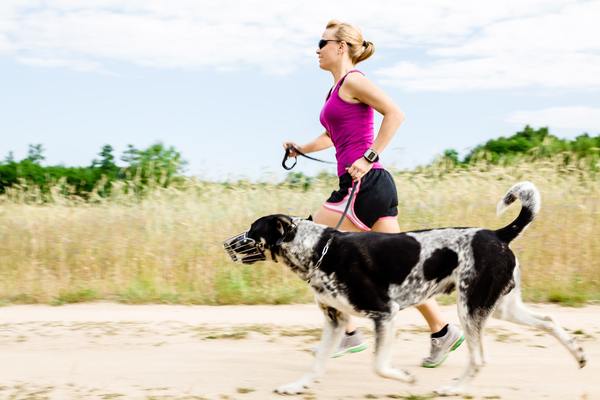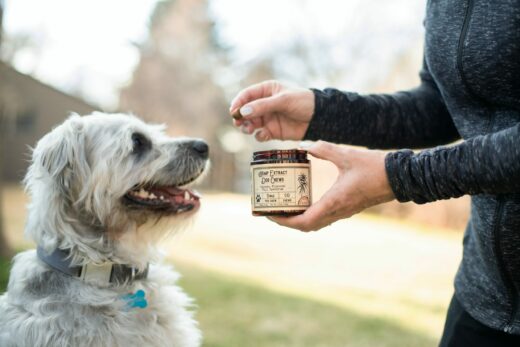
Arthritis in dogs is one of the most common ailments that pet owners will face with our canine companions. According to the American College of Veterinary Surgeons, as many as a quarter of dogs will eventually have to deal with this progressive disease.
Early diagnosis and proper treatment with medications, lifestyle changes, and even physical therapy can make a huge difference for your dog’s quality of life. This article will help you identify canine arthritis early so that you can offer your dog prompt and effective care to preserve their mobility and comfort for years to come.
Causes of Arthritis in Dogs
There is a common misconception about arthritis in our furry friends: Arthritis is something that just comes with age. This myth is unfortunate because it makes it seem like this progressive joint disease is inevitable and completely out of our control.
However, when people learn more about what actually causes this condition, they realize that they have more power than they may have previously realized in terms of setting their dog up to get more pain free enjoyment out of their golden years.
While some cases of arthritis and/or osteoarthritis in dogs appear without a clear cause, the majority of cases actually result when specific stressed joints and ligaments become chronically inflamed. Often these areas have been made prone to arthritis through injury, poor joint health, other progressive inflammatory conditions such as Lyme disease or hip and elbow dysplasia, and chronic stress from obesity.
Preventing Arthritis in Dogs
While certainly all cases are not preventable, we actually can take action to reduce the chances that our pooches develop this painful condition, particularly early on in life. Below are some tips to make sure you are doing what you can:
Know Your Breed
Large and giant breed dogs are the most at risk for developing arthritis. Owners of these breeds can best serve their pets by being informed about osteoarthritis in dogs and take preventative measures to preserve their quality of life as they age.
That being said, smaller and even toy breeds can also develop this painful condition, particularly if they experience injury or are chronically overweight.
Maintain a Healthy Weight
One of the biggest impacts you can make in terms of your dog’s overall joint health is to make sure they are maintaining a healthy weight. According to a 2018 survey, as many as 56% of dogs in the U.S. were either overweight or obese.
Extra weight on your dog means extra stress on all of the joints with every single step. The cumulative effect of this can have a major impact on your dog’s long term health, particularly when it comes to developing mobility and pain issues down the road due to canine arthritis.

Keep Your Dog Fit
Regular exercise is just as important for our canine companions as it is for human health. While walking on a leash can have a positive impact on your dog’s overall fitness, usually it is not enough.
Consider looking for opportunities for regular off-leash play such as going to the dog park, enjoying a hike, or taking your dog for a swim at the lake. These types of vigorous exercise will allow your friend to enjoy whole body movement, develop a strong physique, keep those joints lubricated and healthy, and prevent injuries from a lack of overall fitness.





